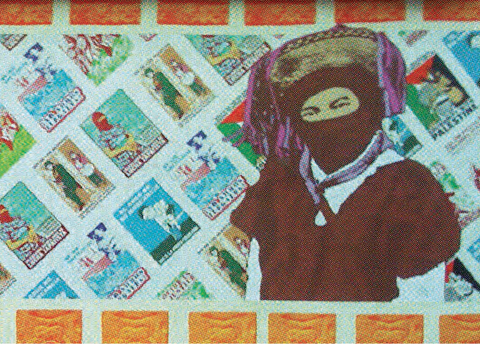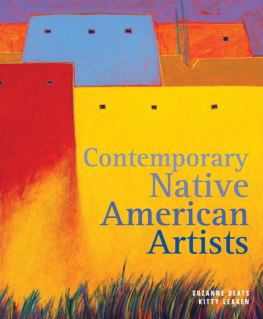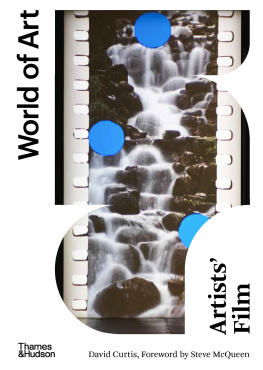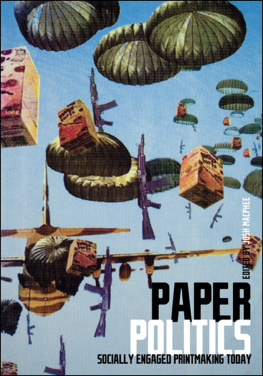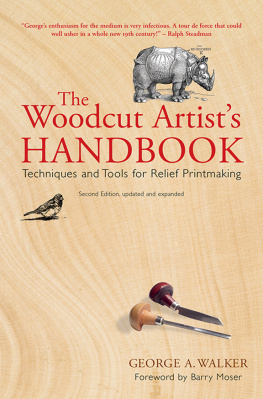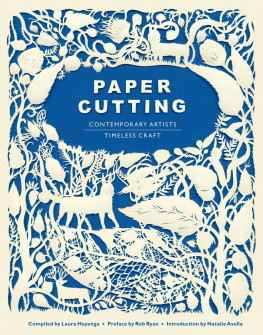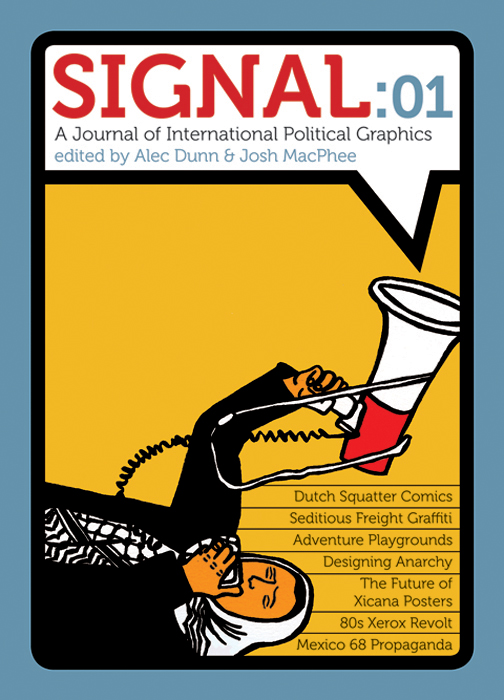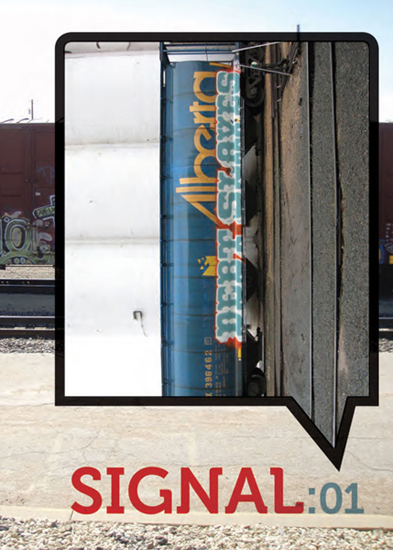Signal: 01, edited by Alec Dunn and Josh
MacPhee
2010 PM Press
Individual copyright retained by the
respective contributors.
ISBN: 9781604860917
LCCN: 2009912459
PM Press
POBox 23912
Oakland, CA 94623
www.pmpress.org
Design by Alec Dunn& Josh MacPhee/Justseeds.org
Cover illustration by Melanie Cervantes
Cover design by Alec Dunn & Josh
MacPhee/Justseeds.org
Frontspiece photo by Impeach
Printed in the United States.
Thanks to all at PM Press, all at the
Kate Sharpley Library, Grrrt, Jos, Moe
Bowstern, YNKB, Tom Civil, and Jerry Kaplan.
Signal is an idea in formation
It is a response to the myopia of contemporary political culture in the United States, our blindness to most things beyond our national boundaries, and our lack of historical memory. There is no question that art, design, graphics, and culture all play an influential role in the maintenance of the way things are. They have also been important tools for every social movement that has attempted to challenge the status quo. The production of art and culture does not happen in a vacuum; it is not a neutral process. We dont ask the question of whether culture should be instrumentalized towards political goals, the economic and social conditions we exist under marshal all material culture towards the maintenance of the way things are. The question we need to ask is whether our cultural production is used to uphold the massive levels of inequality that exist across the globe, or to challenge capitalism, statecraft, patriarchy, and all the systems used to produce and reproduce that disparity.
We welcome the submission of writing and visual cultural production for future issues. We are particularly interested in looking at the intersection of art and politics internationally, and assessments of how this intersection has functioned at various historical and geographical moments.
Signal can be reached at:

TALLER TUPAC AMARU
THE FUTURE OF XICANA PRINTMAKING
F ounded in 2003, the Taller Tupac Amaru is a printmaking collective made up of Favianna Rodriguez, Jesus Barraza, and Melanie Cervantes. Their mission is to create visually powerful screen printed political posters to be used by social movements. In the past eight years they have produced hundreds of posters and graphics used for a wide range of social justice struggles, from Palestinian liberation to anti-gentrification, immigrant rights to Indigenous solidarity. All three members were interviewed by Alec Dunn and Josh MacPhee in the Spring of 2009.
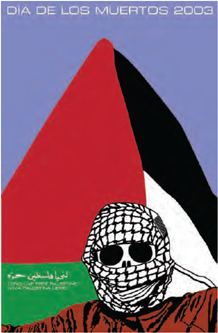
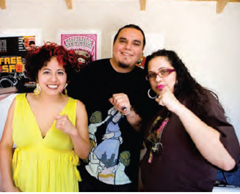
Whats the history of the Taller?
Jesus Barraza: In 1998 Favianna took a class at UC Berkeley with Yreina Cervantes, who asked her to take part in a screen print portfolio at Self Help Graphics in Los Angeles. Faviannas idea was to digitally create color separations for her print. She asked me to help and the two of us set off on figuring out how the hell we would do that. We took her drawings, digitally reproduced them, and we color separated this nine-color print using Illustrator and QuarkXPress. We did it totally wrong, but we did it. And it was right after that, in the parking lot of Self Help Graphics, that we first talked about having our own studio. About three years later, I got a job at the Mission Cultural Center in San Francisco as a graphic designer. Part of my job was to design the screen-printed posters for their exhibits. Thats how I got involved in screenprinting and then it jumped from there.

While I was at the Cultural Center we pretty much had free reign of Mission Grafica (the printmaking studio housed there), but once I left we had nowhere to go. After that I started working with Favianna at the graphic design business her and Estria Miyashiro were running at the time, called Tumis. There was an idea to start a T-shirt arm of the business, so we set up this T-shirt screen print studio. And thats where the Taller was born.

Favianna Rodriguez: One of the reasons that we were able to get materials cheap was because all these older printers, our mentors, were no longer screen printing or they were going digital, trying to embrace new technologies. We were already working in these new technologies, so we were really trying to set up a space where we could print by hand. All this equipment was lying around, and we took it and set up our studio.
Because we were already running a design firm we were almost immediately making posters for community and political organizations. We can definitely outsource posters to offset printers, but often groups need things faster, cheaper, in small runs, or that aesthetically are more like propaganda posters. Screenprinting became one of the design options that we offered. When you get hired as a designer its a really interactive relationship where you have to follow what the client wants, but when its a collaboration between an artist and an organization, we have more of a chance to have an artistic voice. And we can get much more radical.
JB: On my end, I had done a few jobs for people or organizations where I designed posters for them and had them offset printed. But I didnt really have the money to print large runs of my own posters in offset, so screen-printing was about being able to find my own voice: posters that just really came out of a raw idea that I had about the Zapatistas, or Angela Davis, or Palestine, or about something that was going on in the Mission. It was really an opportunity for me to voice my opinion and put myself out there in a way that I had never been able to do before.
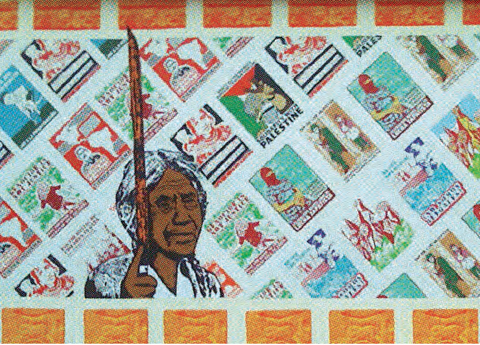
How did you originally meet?
FR: We met in college in 1996.
JB: I was at San Francisco State, but living in Berkeley because both of my sisters were at UC Berkeley, living off-campus at Casa Joaquin Murrieta, a Chicano co-op. They moved out, but got me housing there. I started working on La Voz de Berkeley, a newspaper that my sister had started a few years back, which was an oppositional Xican@ paper. Thats how I got involved in UC Berkeley campus politics.
